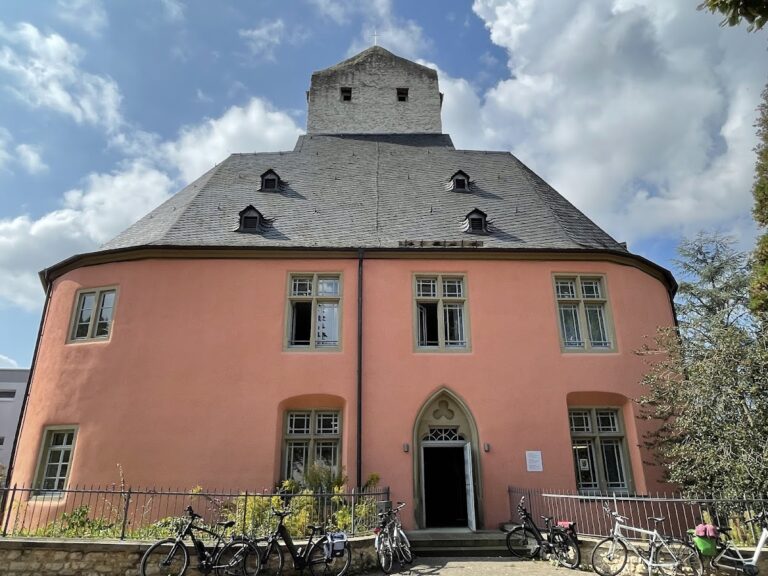Roman Aqueduct near Mainz: Ancient Water Supply Infrastructure in Germany
Visitor Information
Google Rating: 4.5
Popularity: Low
Google Maps: View on Google Maps
Official Website: www.mainz.de
Country: Germany
Civilization: Roman
Remains: Infrastructure
History
The Roman aqueduct near Mainz, Germany, was built after 70 CE by soldiers from two Roman legions: the First Legion Adiutrix and the Fourteenth Legion Gemina. This construction followed the establishment of a legionary fortress at Mogontiacum, the Roman name for Mainz. The aqueduct was part of a larger effort to rebuild the fortress in stone on the Kaestrich hill.
During its period of use, the aqueduct primarily supplied water to the Roman bathhouse within the city. The water was drawn from a source near the village now called Finthen. This name originates from the Latin word “fontes,” meaning “sources,” reflecting the area’s role as a water supply. The aqueduct remained functional as long as the fortress and city thrived under Roman control.
Remains
The aqueduct extended about nine kilometers from its water source near Finthen to the city of Mainz. It was built using stone, consistent with the fortress’s reconstruction during the same period. The structure was designed to carry water across uneven terrain, including hills and valleys, which required elevated arches and possibly tunnels to maintain a steady flow.
Remnants of the aqueduct’s arches are visible along a street named “An den Römersteinen.” These surviving arches mark the original route of the aqueduct and provide clear evidence of its engineering. The remains are fragmentary.









